Last Updated on March 17, 2021
That’s right. We said it. You really shouldn’t visit Berlin.
Why would you? The Germans themselves will tell you Berlin is dirty, crowded, infested with foreigners and low-life unemployed lazies leeching off the social system the rest of the country pays for.
 And believe us, the locals don’t want you there either. Talk of neighborhood gentrification and skyrocketing rental prices is what you’ll hear them talk about.
And believe us, the locals don’t want you there either. Talk of neighborhood gentrification and skyrocketing rental prices is what you’ll hear them talk about.
The funny this is, if locals are having a conversation, it is most likely taking place in English, not German. ‘Locals’ are just the hodge podge mix of expats who got here before you from around the world. We heard English everywhere.
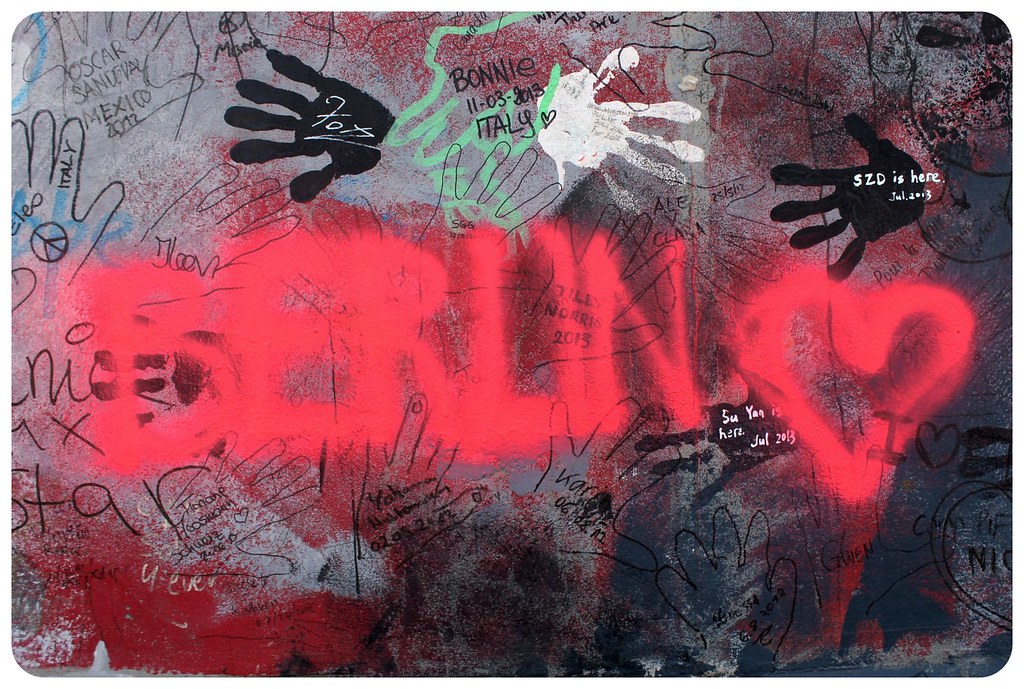 Expats and foreigners of all kinds have always felt at home in Berlin. Turkish immigrants came to West Berlin as extra labor in the 1960s, while East Berlin welcomed their fellow communist Vietnamese comrades during and after the Vietnam War. Today, those two communities are very large and integrated into Berlin’s fabric.
Expats and foreigners of all kinds have always felt at home in Berlin. Turkish immigrants came to West Berlin as extra labor in the 1960s, while East Berlin welcomed their fellow communist Vietnamese comrades during and after the Vietnam War. Today, those two communities are very large and integrated into Berlin’s fabric.
The German capital has always been a haven for creatives from across Europe and beyond. When the war ended, West Berliners were exempt from otherwise mandatory military service. This drew Social activists, pacifists, anarchists, musicians and artists in droves – the latter two even received state subsidies to support their projects. The post-war culture laid the groundwork for what has easily become the least German German city.
There is a state of controlled chaos in Berlin, yet it is a chaos so controlled it could only exist in Germany.
At first glance, or even after five weeks, it would appear that half the city is unemployed.
This is judging by the number of people sipping coffee at sidewalk cafes all afternoon long or spending the day grilling in the park or drinking wine well past sunset on riverbanks and other green spaces around town. Berlin is, in fact, one of the greenest cities we have ever spent time in.
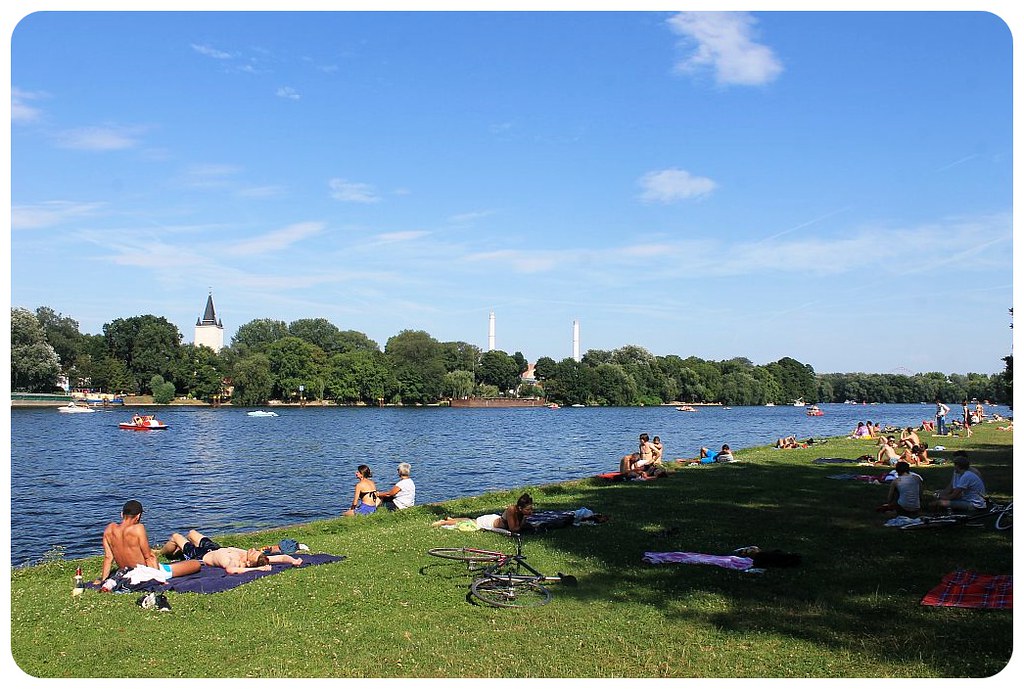 And yet nothing ever seems to get out of control with all this free time and even more free space despite the fact that many locals walk around in some degree of altered state.
And yet nothing ever seems to get out of control with all this free time and even more free space despite the fact that many locals walk around in some degree of altered state.
It is a mystery why things stay on such an even keel, especially since there is hardly ever a police officer in sight.
The German capital moved to Bonn after the war, leaving much of Berlin leveled. Lack of development and investment in the city throughout the following decades is what kept it so green. Upon re-unification, Berlin regained capital status in 1991, though offices only really moved back in 1999. Still today, many government officials work from offices in Bonn. This explains how in the capital of one of the world’s mightiest economies, you’d have to really search for someone wearing a suit.
The lack of investment met with limited major industry is partially what has kept much of the population underemployed and created some of the characteristic Berlin grit. Now, this is grit by German standards, of course.
Compared to New York or Bangkok, Berlin is downright tidy. And with food, drinks and over cost of living expenses so low, we often did compare Berlin to Bangkok.
Our rent for five weeks was only $200 more than what we paid in Thailand and our average meal was $6 a plate.
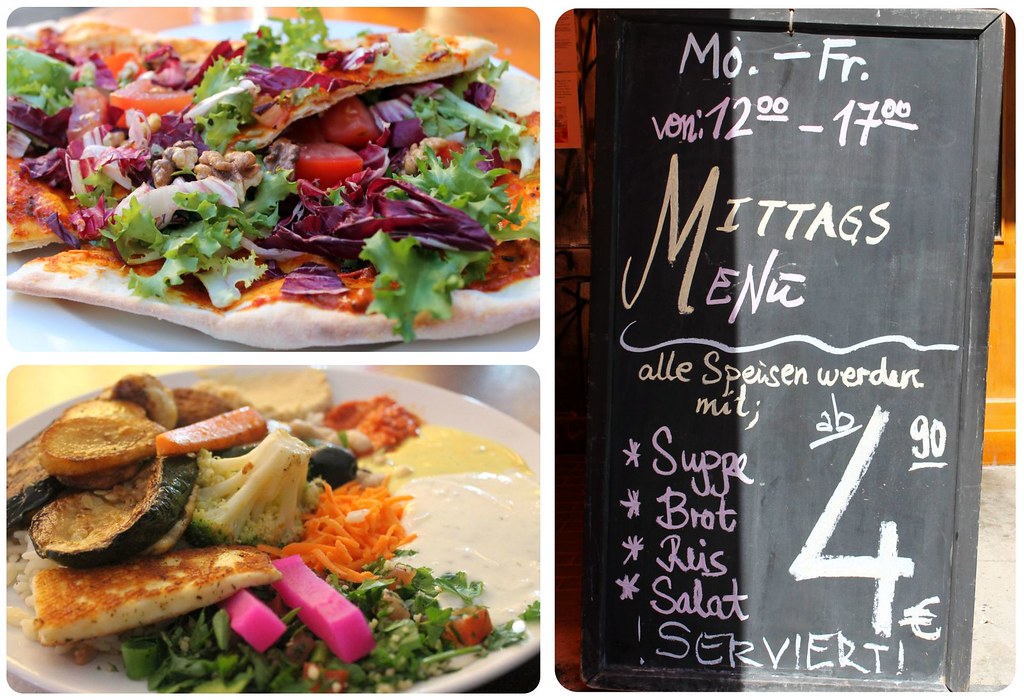
Lunch is usually around €5. The special on the right includes soup, bread, rice, salad and a main course for €4.90.
So Berlin is green, and cheap, and populated with bon vivants. But there is a serious, sad side to the city that is impossible to overlook.
Every single cobblestone you stumble on is connected to history, starting quite literally, with the Stolpersteine, or ‘stumble stones’ – 5,000 gold plated memorial stones on sidewalks in front of homes of Jewish and other people who lost their lives in concentration camps. There are 38,000 of these now all around Europe, but Berlin is home to one of the largest concentrations of them.
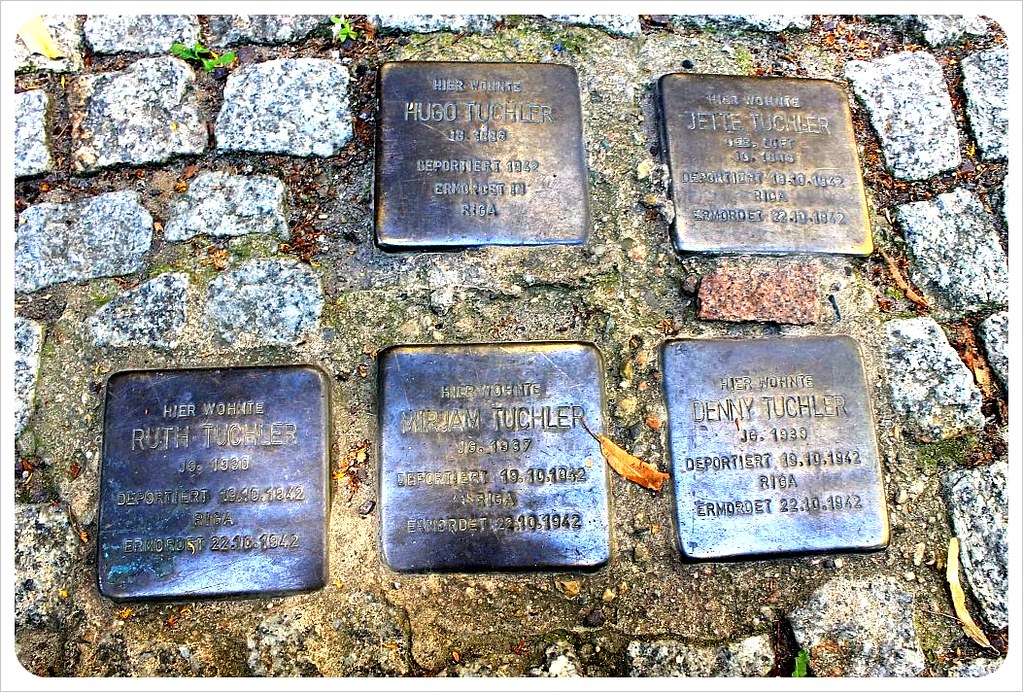
‘Stolpersteine’ have the name of the person, when they were deported, and when and where they were killed.
Look closely at some buildings on either side of what was the Berlin Wall, and you’ll see plaques marking where escape tunnels were dug under the Wall over the years. There is a constant feeling in Berlin that you are somewhere that really matters, a major player in world history. Just imagine what the streets of the city have witnessed from the city’s founding in the 12th Century through to today.
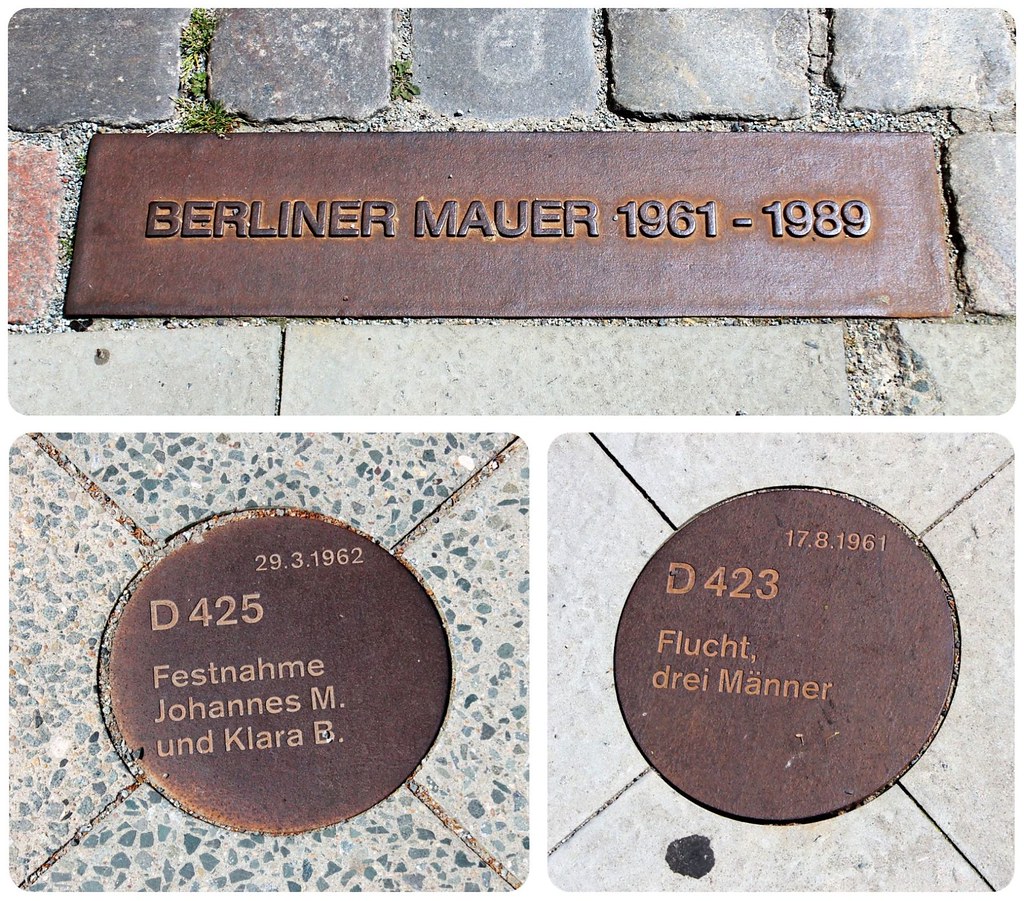
The plaque on top marks where the wall was located, the one on the bottom left where a person was arrested in the attempt to escape over the wall, the one on the bottom right marks the successful escape of three men.
The Berlin Wall itself is an ever-present feature of the city. Individuals slabs are found throughout the city as memorials, but the largest concentration of remaining wall can be found at the East Side Gallery, the longest remaining piece of the wall.
However, in true Berlin form, the East Side Gallery isn’t just a sad memorial of concrete slabs. Each individual slab is a canvas used to express and communicate message related to the wall, the war, hope, freedom, intercultural understanding or simply incredible graffiti art.
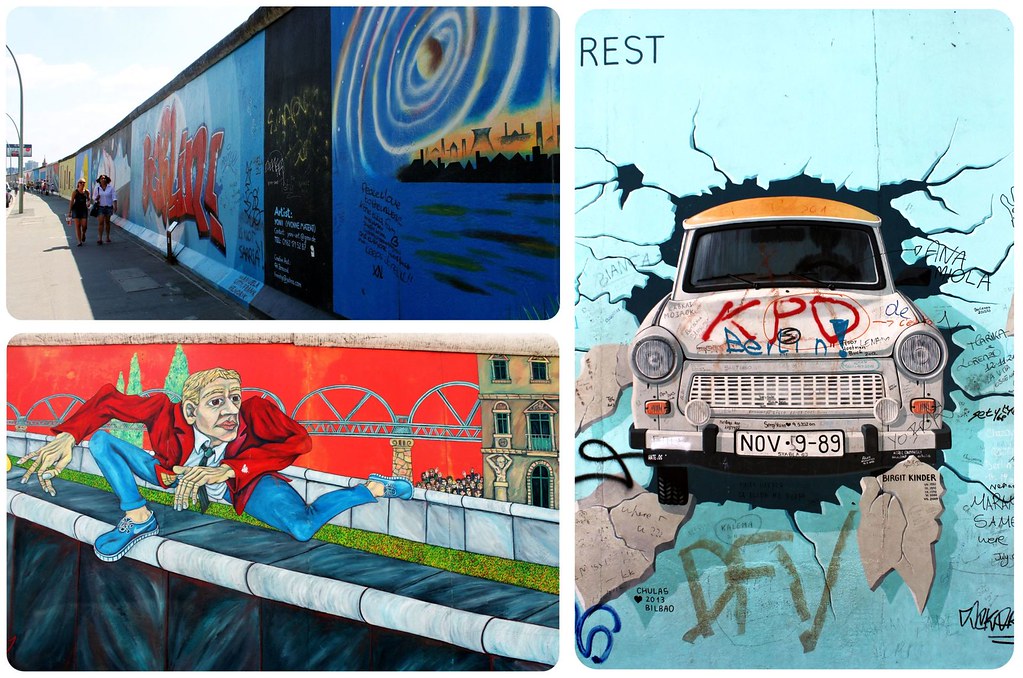 The heavy irony was not lost on us as we cycled back and forth between the east and west sides of Berlin everyday. We did so freely and yet, as a child in the former DDR, Dani would not have even been allowed into West Germany (she could have been shot for it) let alone would she have been cycling back and forth across it with her American girlfriend one day.
The heavy irony was not lost on us as we cycled back and forth between the east and west sides of Berlin everyday. We did so freely and yet, as a child in the former DDR, Dani would not have even been allowed into West Germany (she could have been shot for it) let alone would she have been cycling back and forth across it with her American girlfriend one day.
Berlin is such an amazing city for cycling, with countless miles of bike lanes that crisscross through neighborhoods and lead to lakes and parks far out of town, too.
We cycled 20km almost every day, past major sights like Alexandarplatz and the TV tower, through the Brandenburg Gate, along along the Wall, and through Checkpoint Charlie on our way to visit friends, test out as many international restaurants as possible or have drinks at beach bars or beer gardens.
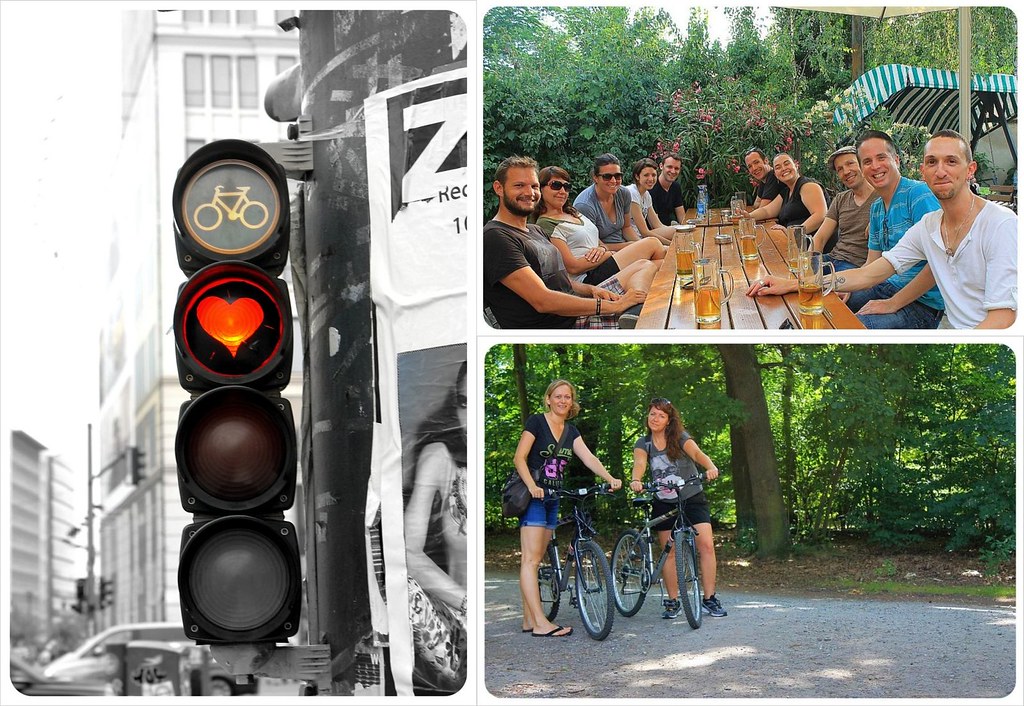 Some days we stayed in our own ‘hood, Kreuzberg, which is where Turkish immigrants stayed and settled. Today it is a bustling international area where rebel youth and Turkish grandmas co-exist, often lined up at the same shops for ethnic food, or shopping at the same Turkish market on Tuesdays and Fridays. We went here very week to stock up on fruit, veg, cheeses, breads and olives.
Some days we stayed in our own ‘hood, Kreuzberg, which is where Turkish immigrants stayed and settled. Today it is a bustling international area where rebel youth and Turkish grandmas co-exist, often lined up at the same shops for ethnic food, or shopping at the same Turkish market on Tuesdays and Fridays. We went here very week to stock up on fruit, veg, cheeses, breads and olives.
Our other favorite neighborhood is Prenzlauer Berg.
This is one of those places locals love to have the gentrification conversation. Just go on a walk, and you’ll hear how ‘this was an abandoned building two years ago,’ ‘the buildings on this street were all an ugly gray until last year,’ or ‘Rents here have gone up so much since last year.’ We were just swooned by the tree-lined streets, imaginative cafes and weekly food and craft markets set up throughout P-Berg.
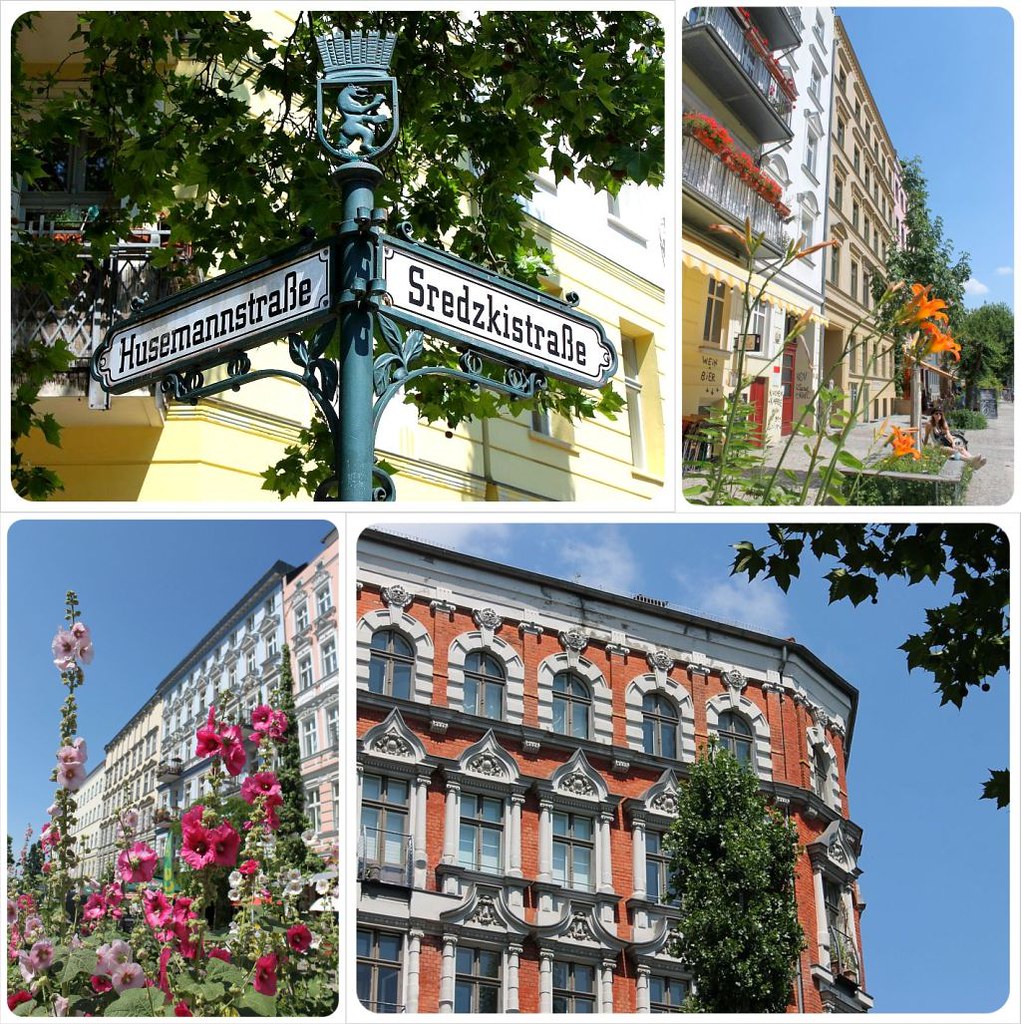 Each neighborhood is distinct, with its own feel and a specific type of resident – older hippies and young families in Schöneberg, shopping in Ku’Damm, poor folk and punks in Neukölln…
Each neighborhood is distinct, with its own feel and a specific type of resident – older hippies and young families in Schöneberg, shopping in Ku’Damm, poor folk and punks in Neukölln…
Most noticeable though is how you immediately know that you have crossed from East to West Berlin – the architecture, the little green and red men on the traffic lights and the tram that exists only on the east side.

Alexanderplatz and the TV Tower: Iconic East Berlin. The TV Tower can be seen from almost anywhere in the city.
Public transportation options abound in this city. The summer should strictly be for cycling, but in the winter, you can choose between that tram (east only) the elevated S-bahn network, the underground U-Bahn,buses, trains, taxis and there has even been a major boom in services similar to Zipcar. Over 10 companies allow you to rent cars by the hour or for the day – all for extremely low rates.
So why do Germans think it is so awful?
Maybe it’s the party and club culture that takes place all night long? Clubs are open so late, you would think you are in Spain, not Germany. Some clubs never even close at all.
And let’s say that sounds appealing to you – good luck getting in. Berlin has been up-and-coming for long enough that there is a very careful curation of cool in most of them. Odds are, you’re not getting past the doorman.
Clubs post very specific signs such as ‘No American Hipsters Allowed’ out front to make sure you know where you’re not wanted.
Don’t worry though – it’s not like there is nowhere else to hang out. This is a city where brunch is a meal celebrated seven days a week, and is available until 4pm so you don’t even have to get up before noon.
For more quintessential Berlin spots, there are three places that encapsulate the Berlin vibe.
The first is the Badeschiff.
There is no swimming allowed in the Spree river, so some creative types took an old wooden boat, hollowed it out and made it a pool. A pool, in a river, in the middle of the city and it’s surrounded by a beach and a bar. Entry is only 5 Euros to spend the day there, too.
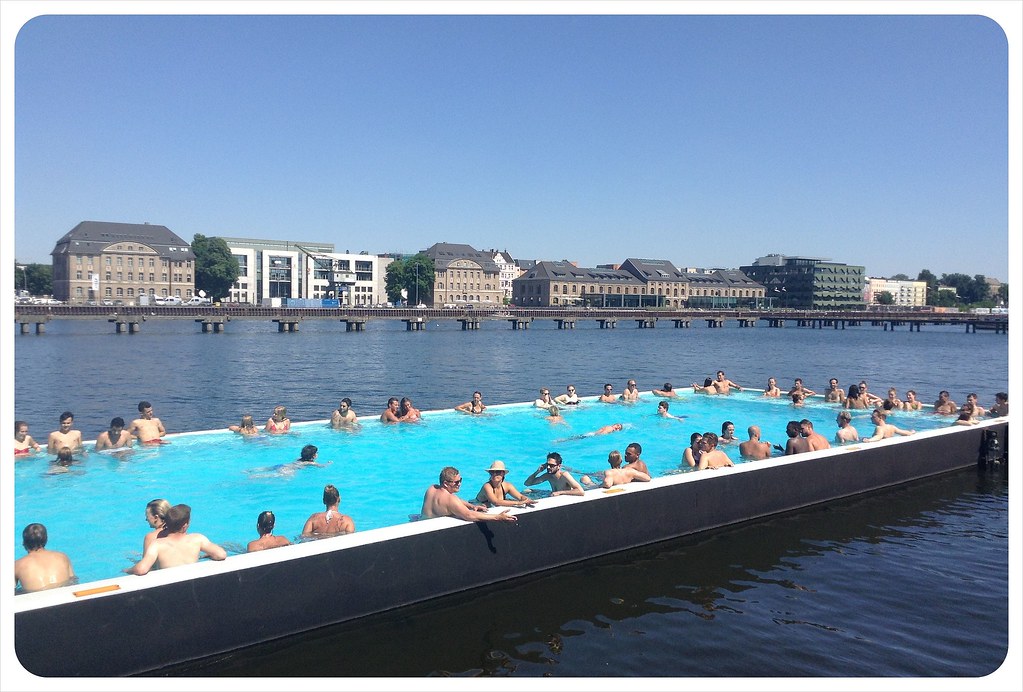 The second is Sunday Karaoke in Mauerpark, where thousands of people gather in amphitheater seating to listen to the few brave souls willing to get up and sing karaoke songs in front of the massive audience.
The second is Sunday Karaoke in Mauerpark, where thousands of people gather in amphitheater seating to listen to the few brave souls willing to get up and sing karaoke songs in front of the massive audience.
When you mess up, forget the words, or act awkward, the crowd doesn’t boo or hiss – they encourage you, applaud and cheer you on.
 The third is Tempelhof Airport, a pre-WWII airport closed for good in 2008.
The third is Tempelhof Airport, a pre-WWII airport closed for good in 2008.
Rather than develop this space with condos (though the fight for this was intense) the massive landspace was left as is and in 2010 officially became a city park. Today, thousands of Berliners sprawl in the fields, jog, cycle, skate or kite-board down the 5km landing strip, play mini-golf, pick vegetables at communal farm-shares or jam at concerts near the terminal buildings.
That locals would seize it and make it their own is not surprising. The fact that condo developers were kept at bay makes us think that some government officials might actually be throwing on their skinny jeans and kite-boarding, too, while their colleagues frequent the city’s opera houses or theaters, spend the night listening to the philharmonic, stroll through contemporary art museums or watch independent international films at art house cinemas.
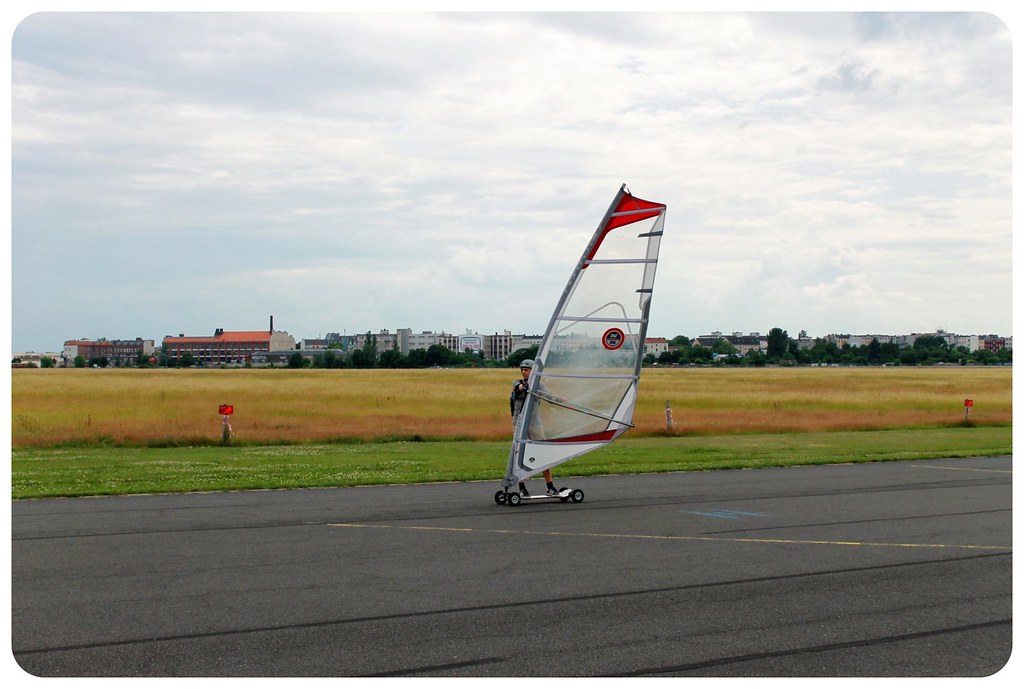 Let’s be clear that Berlin is as high brow as it is punk. Hell – you might even find a bar called High Brow Punk somewhere in Neukölln.
Let’s be clear that Berlin is as high brow as it is punk. Hell – you might even find a bar called High Brow Punk somewhere in Neukölln.
It is a city where Spanish hipsters rub elbows with pram-pushing yuppie mommies at Vietnamese restaurants, and the German busker on the corner might suddenly find himself singing a duet with the original British rockstar, out for a walk with his dog.
 The city demands that you add your own flavor, not to conform to what’s already there. Speak your own language, build your own life, make it your own.
The city demands that you add your own flavor, not to conform to what’s already there. Speak your own language, build your own life, make it your own.
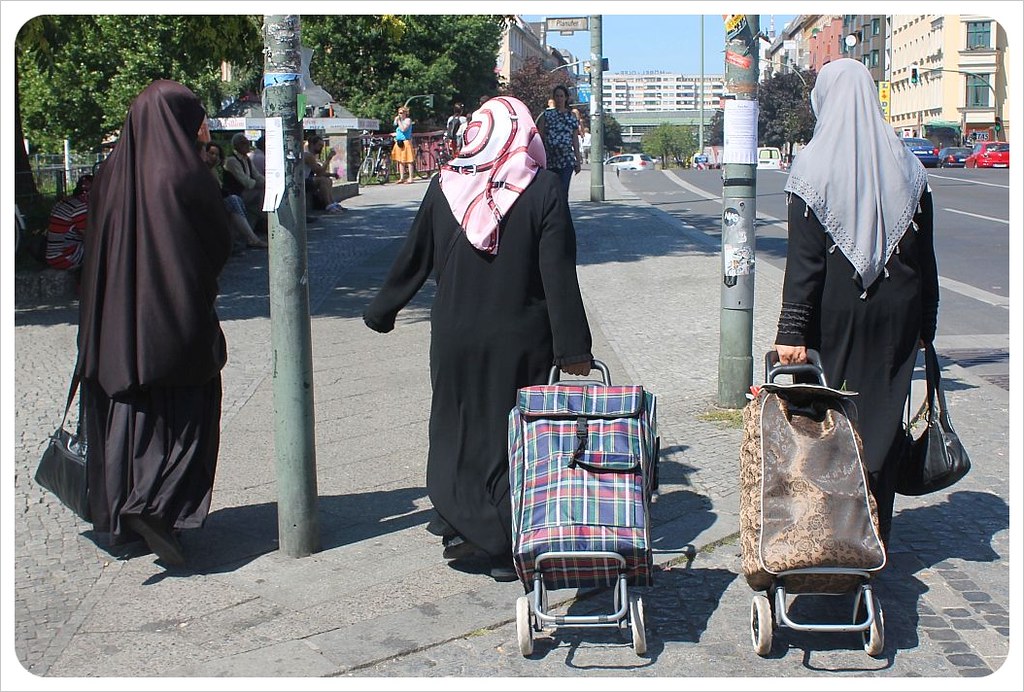 Look. If you go to Berlin, you’re going to change it. You’ll visit, pick your favorite neighborhood, and pay higher rent for an apartment for a month. Then you’ll start telling people all about how awesome Berlin is…then they’ll come, too.
Look. If you go to Berlin, you’re going to change it. You’ll visit, pick your favorite neighborhood, and pay higher rent for an apartment for a month. Then you’ll start telling people all about how awesome Berlin is…then they’ll come, too.
It’ll be anarchy! Wait…Berlin thrives on anarchy.
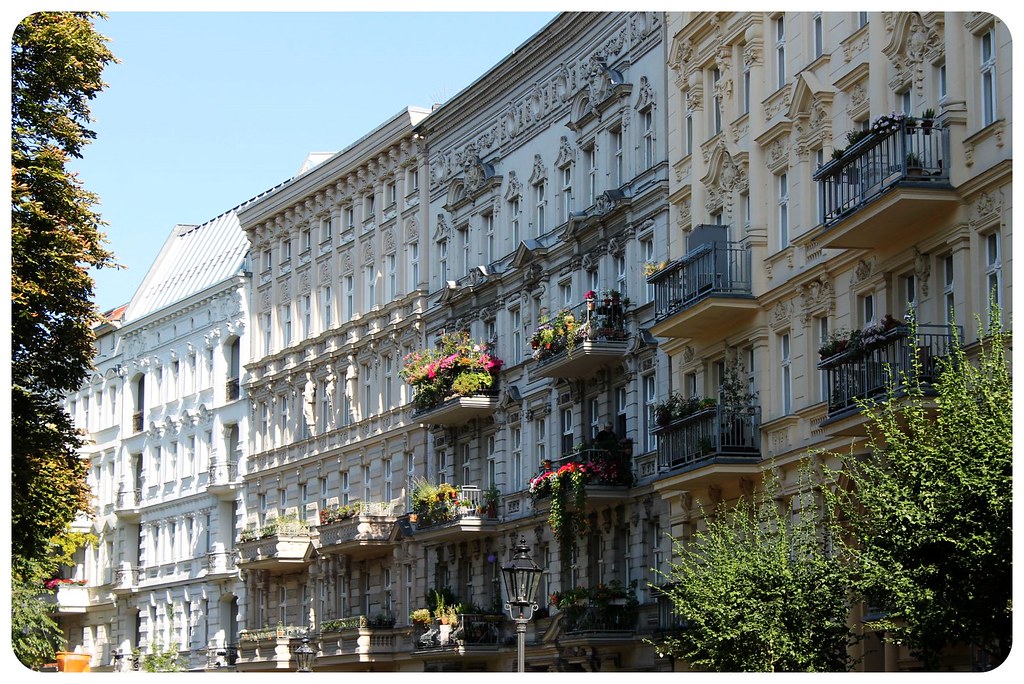 Okay, so you might come to Berlin.
Okay, so you might come to Berlin.
And we can’t stop you.
We just hope that Berlin doesn’t lose the state of controlled chaos. We love it the way it is now, and the fact that we want to dissuade you makes us feel like locals already. Berlin’s not perfect. It’s gritty and green, international and easy-to-maneuver. It’s just right for our taste (except there could be an ocean…).
So if you do go to Berlin, which you really should, it’s such an awesome city – look out for us. We might just be there, too. We’ll meet in the afternoon for brunch…
If you visit Berlin, check out our Berlin quick guide.

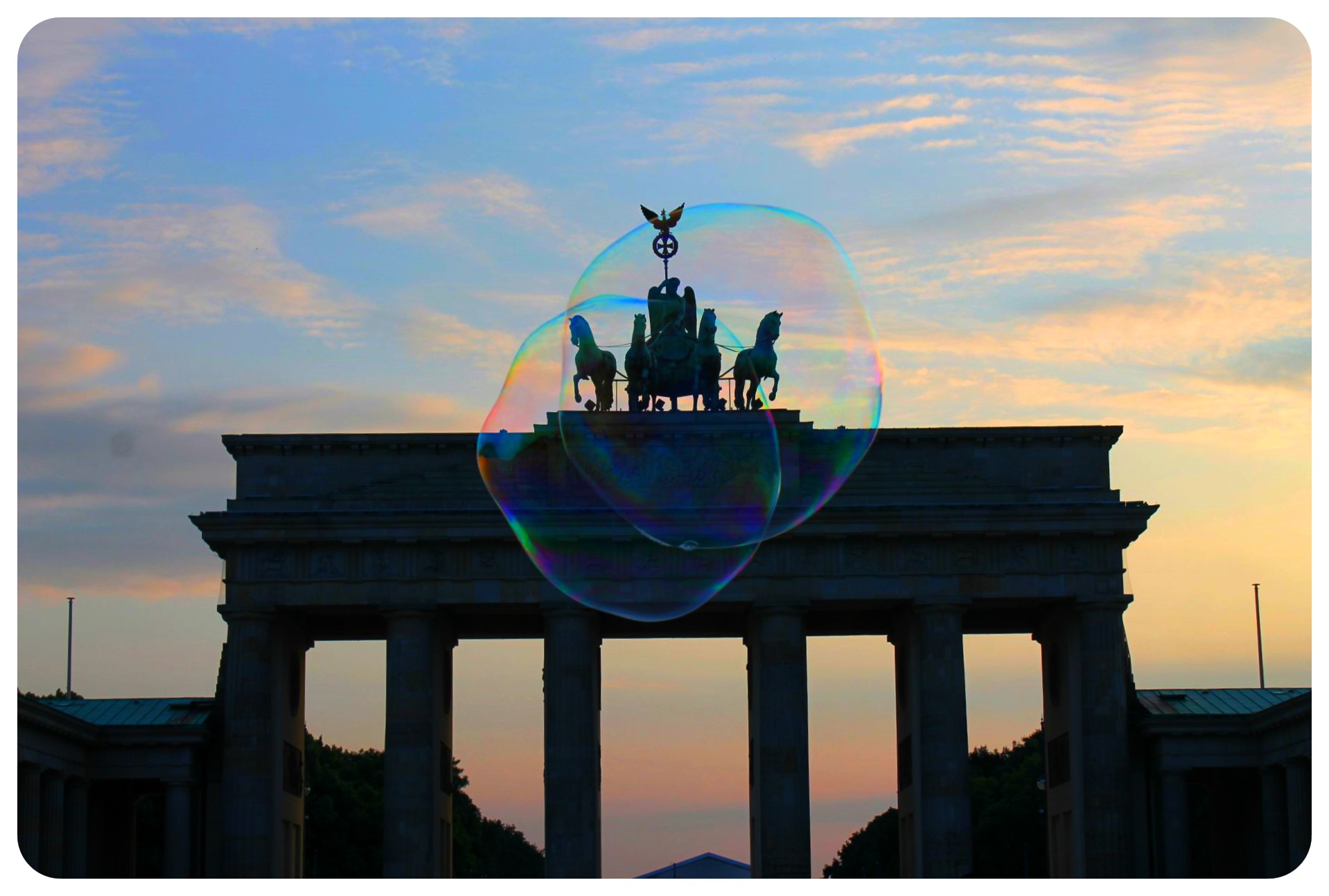
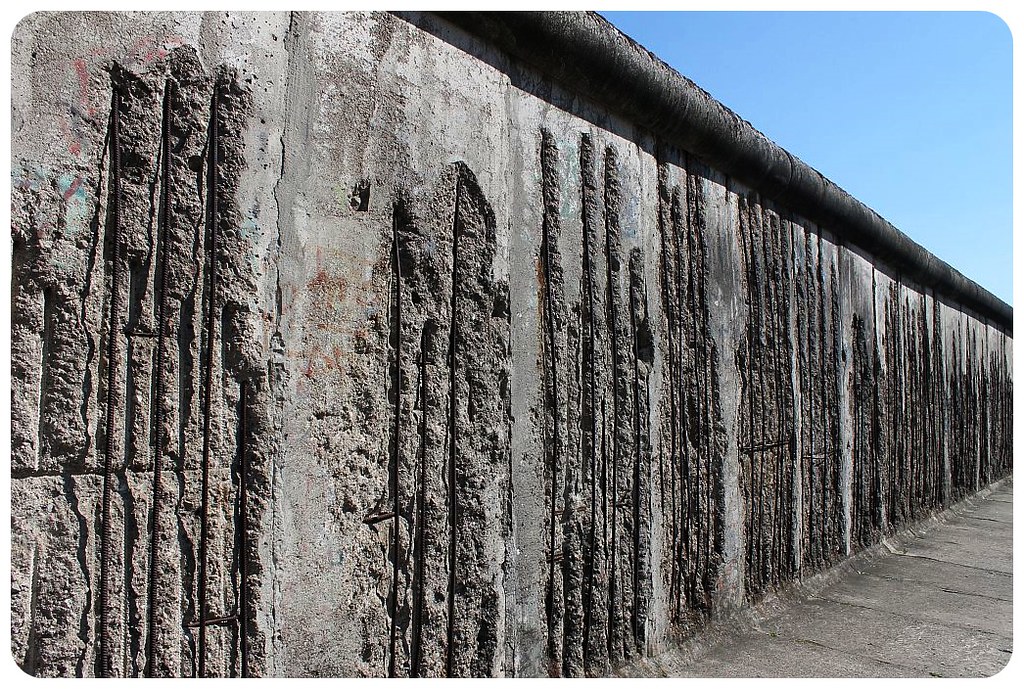
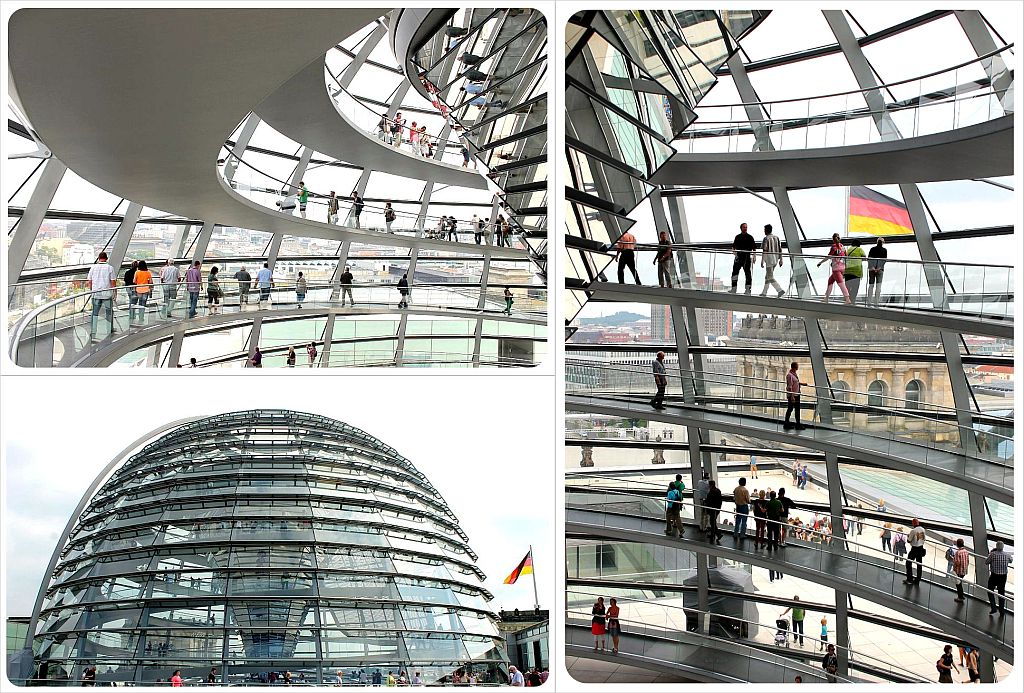

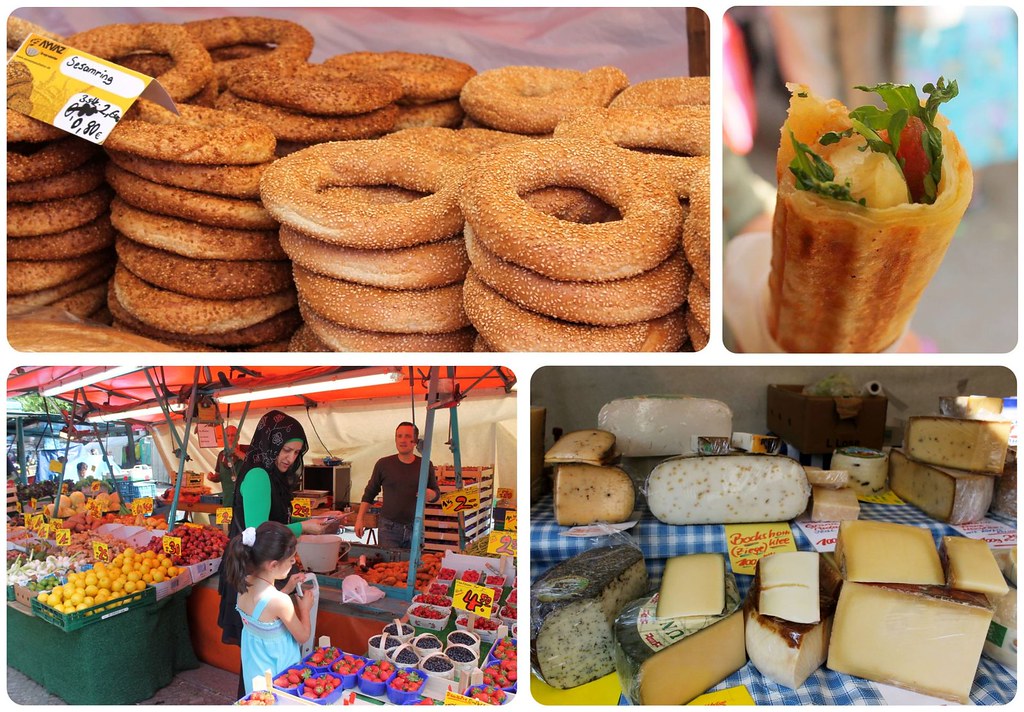
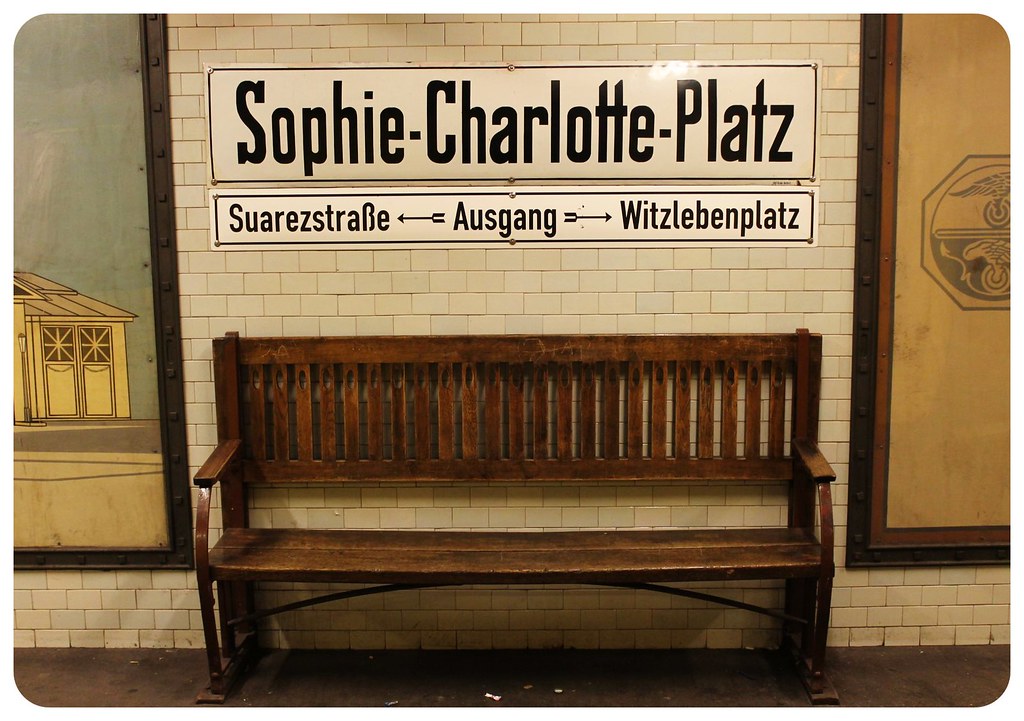
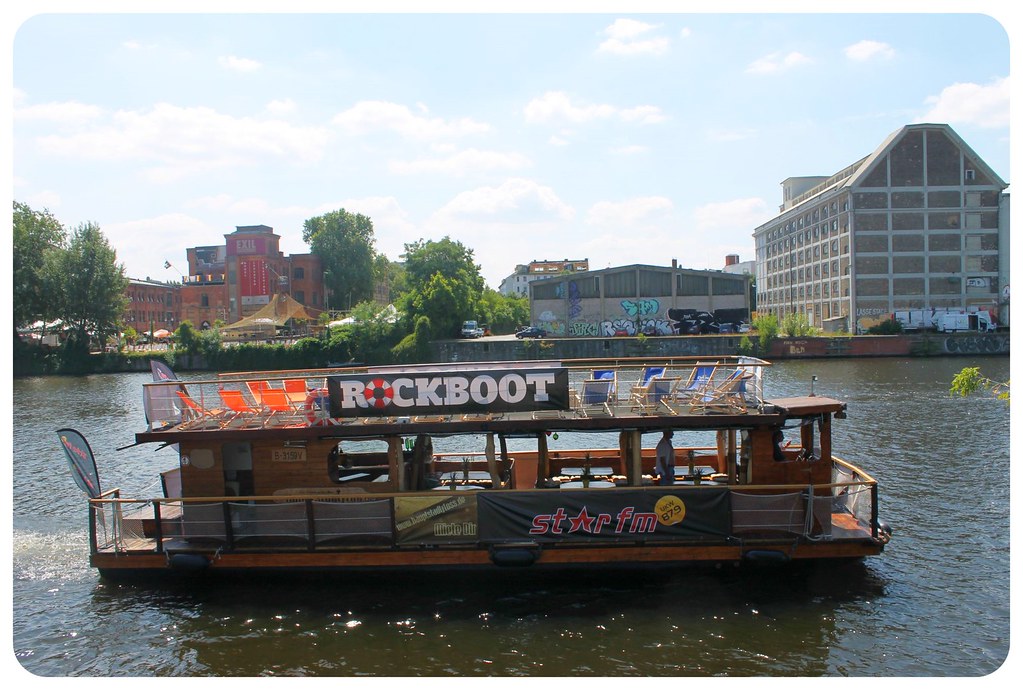
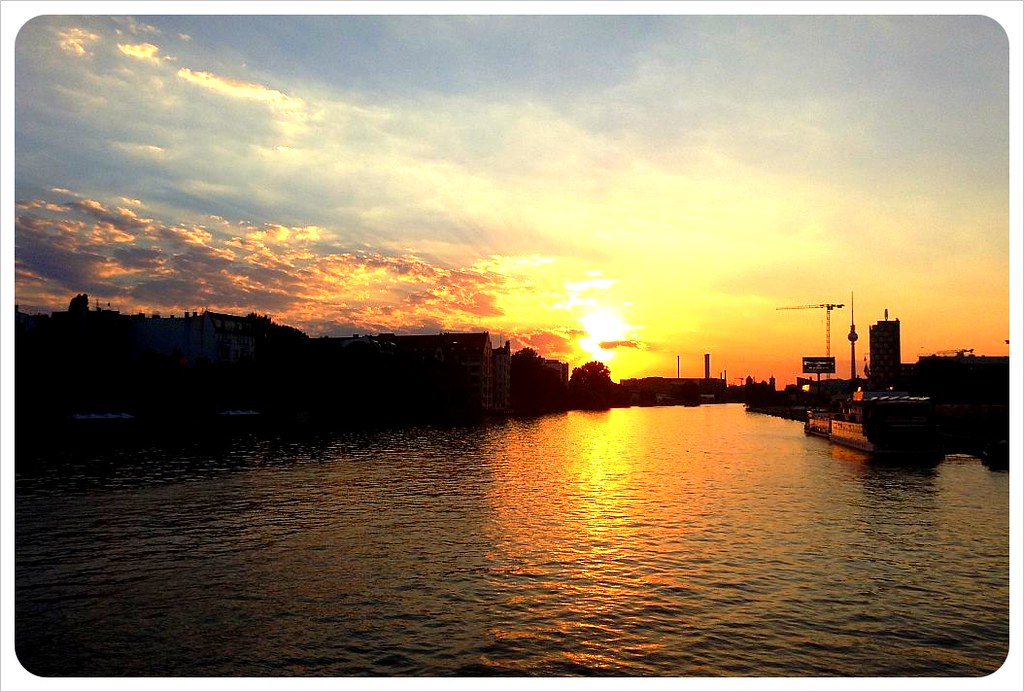


Anita Zengeza
Sunday 18th of February 2018
Love this article Dani. So well-written. Glad I stumbled upon it!! xxx
Alasdair
Saturday 9th of April 2016
Shoot! Now you've tempted me... Enjoyed reading this...I may make a detour from Prague now :)
Dani
Saturday 9th of April 2016
Yes, you should!! :)
A Sunday in Berlin | My Golden buds
Sunday 3rd of January 2016
[…] Understand Berlin’s culture here […]
Keisha | The Girl Next Door is Black
Monday 2nd of February 2015
That's really sweet, Dany! Thanks!
Keisha | The Girl Next Door is Black
Friday 9th of January 2015
Awesome post! I really appreciate the tidbits of history you include along with providing observations of the locals and their thoughts of the city. I visited Berlin recently for the first time and while I can't say it's one of my favorite cities, I can appreciate this post!
Dany
Friday 30th of January 2015
Keisha- finally got around to reading your post.. I am so sorry that you had such a bad experience in Berlin! I want you to come back and give it a second try - a) when I'm in town to introduce you to some nice people and b) when it's warmer! Enjoy the rest of your trip!